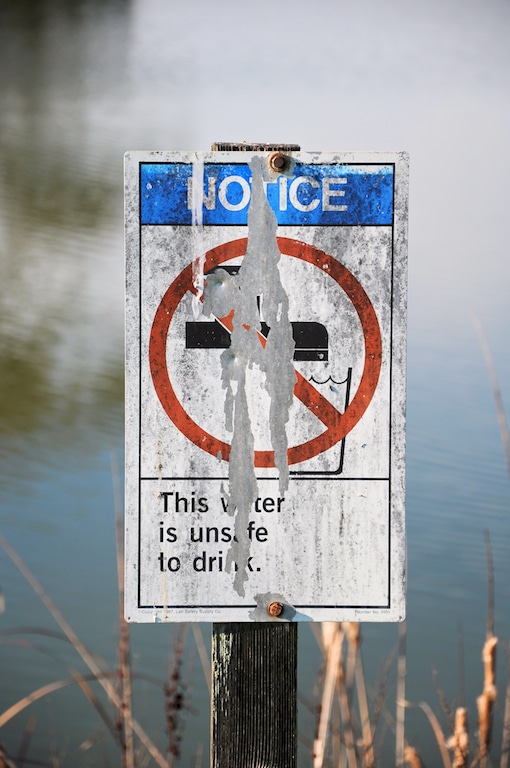 “Tell a story.” That is one of THE most important things you can do when photographing just about anything. Even in wine bottle photography, there is a lot you can tell as a photographer by emphasizing (or deemphasizing) the shape of the bottle, or the label design, or the foil, all things that hint (or may even shout) about the wine inside, or the intentions of the wine maker. It might not be as easy as shooting a lighting storm, but there is always a story to tell—even if it is not always a good one…or an honest one…
“Tell a story.” That is one of THE most important things you can do when photographing just about anything. Even in wine bottle photography, there is a lot you can tell as a photographer by emphasizing (or deemphasizing) the shape of the bottle, or the label design, or the foil, all things that hint (or may even shout) about the wine inside, or the intentions of the wine maker. It might not be as easy as shooting a lighting storm, but there is always a story to tell—even if it is not always a good one…or an honest one…
I was walking through some vineyards in Rutherford when I came across a water-recycling pond located close to the Napa River. The pond was teaming with life, as crawfish, turtles, ducks, egrets and king fishers all vied for my attention. I wandered around the pond, looking for some nice shots of the wildlife, but it was really too bright to capture anything worth keeping (or so I told myself).
When I was about to give up, I saw the sign pictured here. I thought it looked pretty cool, due to the nature of the message juxtaposed with the condition of the sign itself. The marriage of the warning with the corroded nature of the sign very quickly told the story of pollution and its damaging affects. Here was a sign warning of polluted water while simultaneously exhibiting the affects of polluted water. Brilliant! And, taken in isolation, without any commentary or explanation, the story this image tells is clear. However, the image doesn’t tell an accurate story of where it was actually taken—a beautiful spot along a river with a pond full of undrinkable water; undrinkable because it supposed to be, undrinkable because, well, aren’t ALL ponds full of undrinkable water as-is?
That is not necessarily a bad thing, and I am not trying to cast any moral or ethical judgments here. But I think it is important for photographers to be clear about their intentions and be honest about them. The image is fine, as along as I wasn’t trying to use it in an editorial to talk about how pollution was ruining that section of the river. But there is nothing wrong with using the image in a general sense to draw attention to a particular issue. And things become even cloudier when you consider the ease with which an image can be altered beyond recognition by anyone proficient in Photoshop.
OK, so MAYBE I am being a little ethically indulgent, here, and I now find myself someplace I didn’t want this post to take me. Artistic license is nearly endless, but I firmly believe that in order for photography to remain relevant in the face of cheap and easy HD video, it still needs to, in an instant, tell a story—but an honest one.
– Bryan Gray, Napa Valley Wine Bottle and Winery Photographer